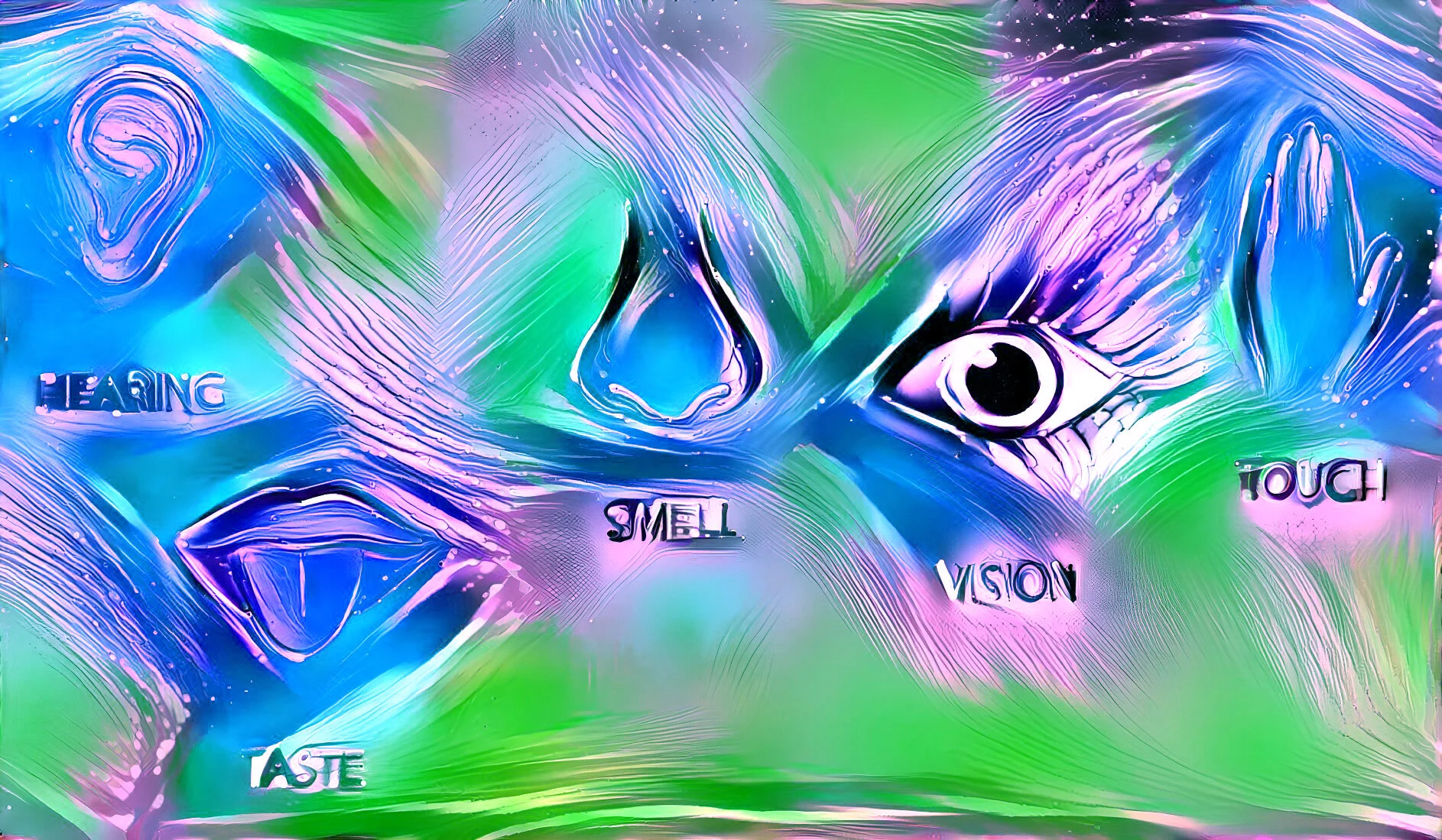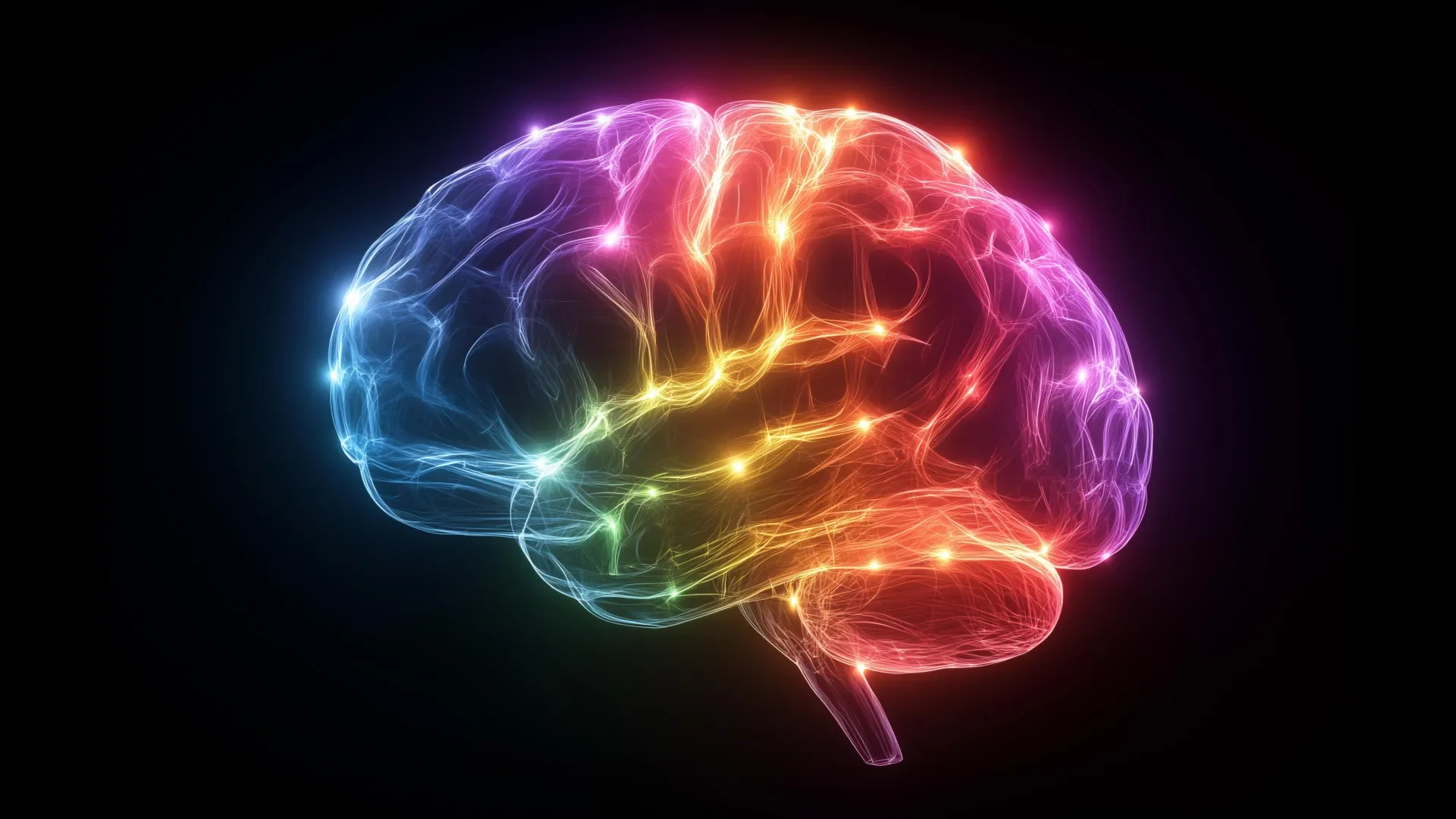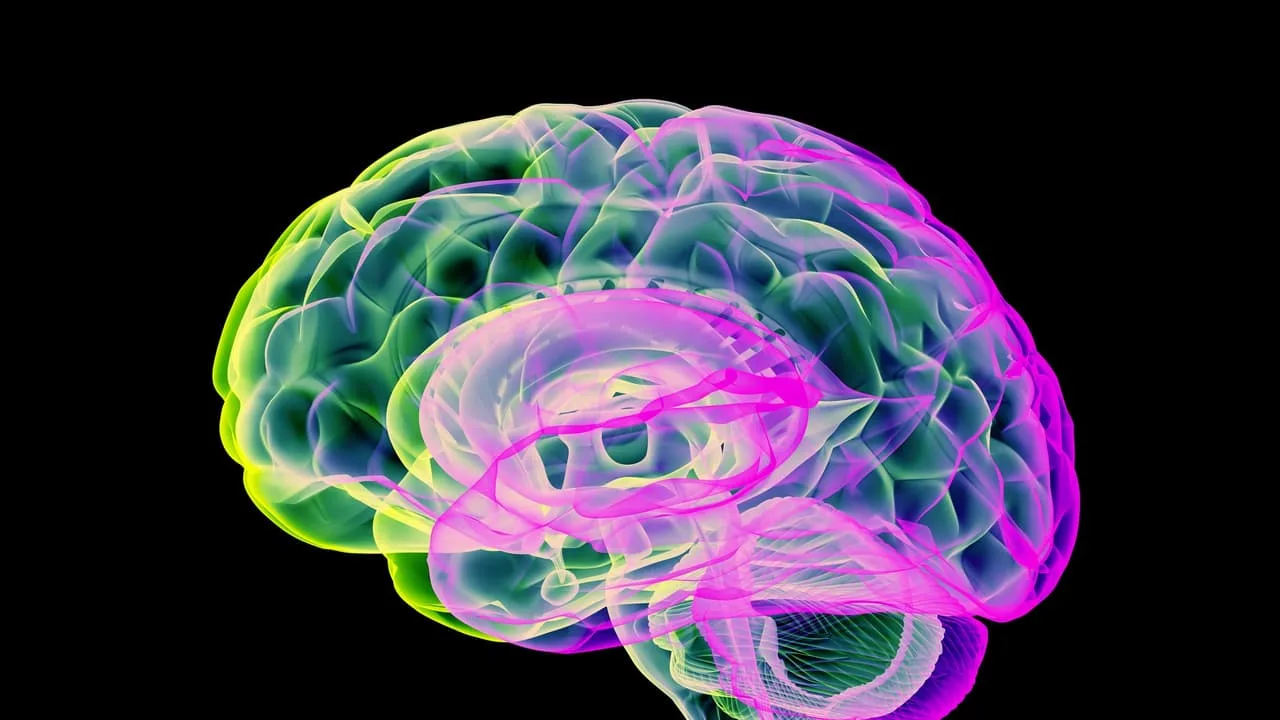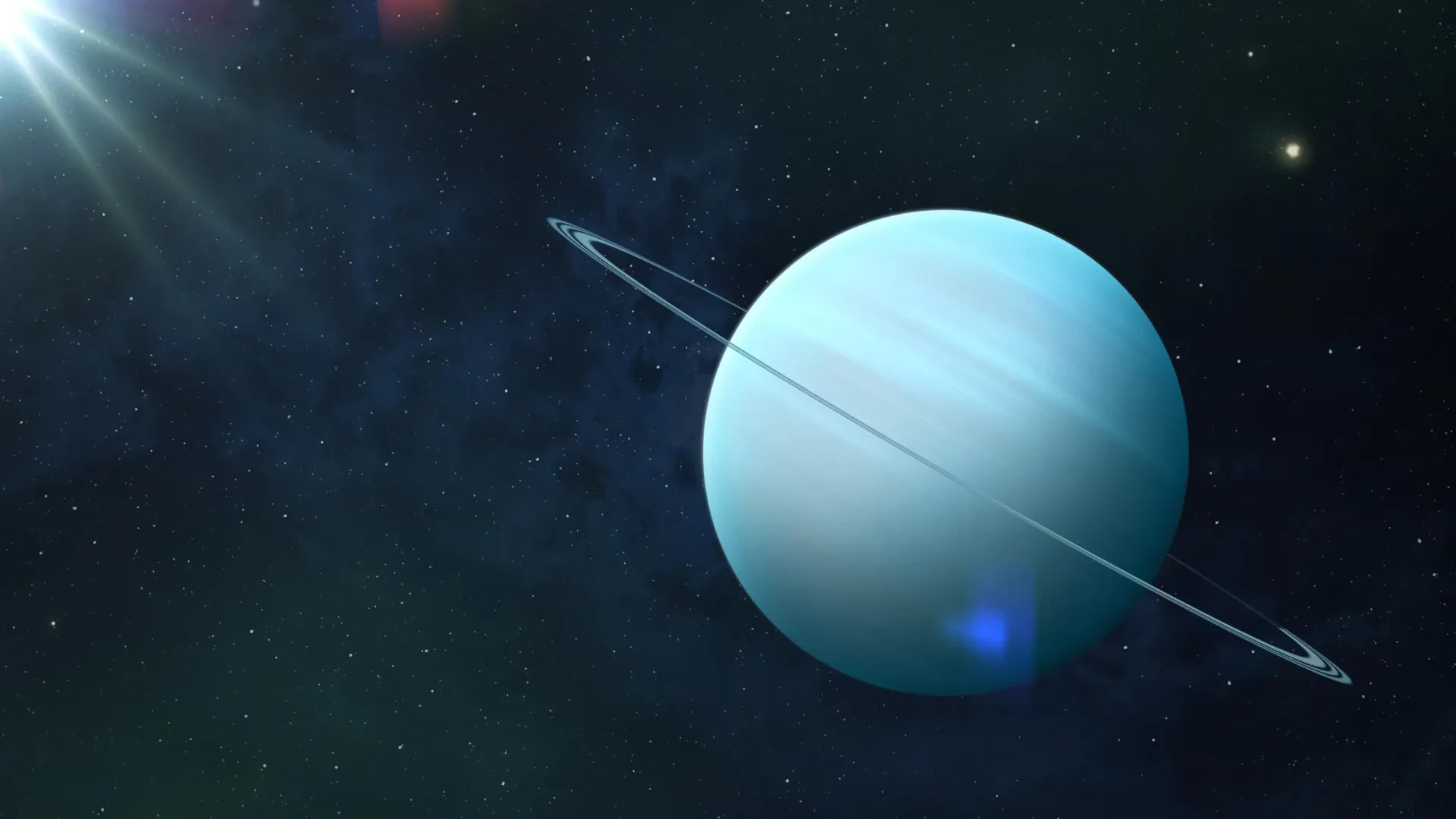A new Skoltech study suggests memory works best with seven sensory dimensions, not five, boosting potential for AI and neuroscience.

October 9, 2025

Source:
Tech Xplore
New Model Challenges Five-Sense Norm
A team from Skoltech has produced evidence that the brain's memory capacity may be optimized with seven distinct sensory features—not five. Published in Scientific Reports, their mathematical model shows a sharp peak in possible memory storage when concepts are represented with seven sensory dimensions.
Engrams and Memory Encoding
Memory engrams, clusters of firing neurons, are central to the research.
Each memory—like a banana—gets encoded as a point in a sensory space. Traditionally, these are the classic five senses.
Skoltech's model finds memory storage soars with seven features. Less or more, and capacity drops.
This finding was confirmed through mathematical simulations and theoretical analysis (Skoltech news).
Keep up with the story. Subscribe to the PR+ free daily newsletter

Source:
ScienceDaily
Broader Impact: Humans and AI
The model has implications beyond human biology. While it's speculative that humans could evolve new senses, the finding could shape the engineering of artificial intelligence and robotics, where input features can be custom-designed.
Implications for Technology
AI and robots could be built with seven distinct input streams for optimal memory and learning (ScienceDaily).
Extra senses in humans—such as magnetic or radiation detection—could, in theory, follow this architecture.
Memory Dynamics
The model simulates how memories sharpen or fade with use or neglect, mirroring biological learning and forgetting patterns. Over time, these representations reach a steady state, balancing reinforcement and decay (ScitechDaily).
Read More

Source:
Asianet Newsable
Share this news:




















